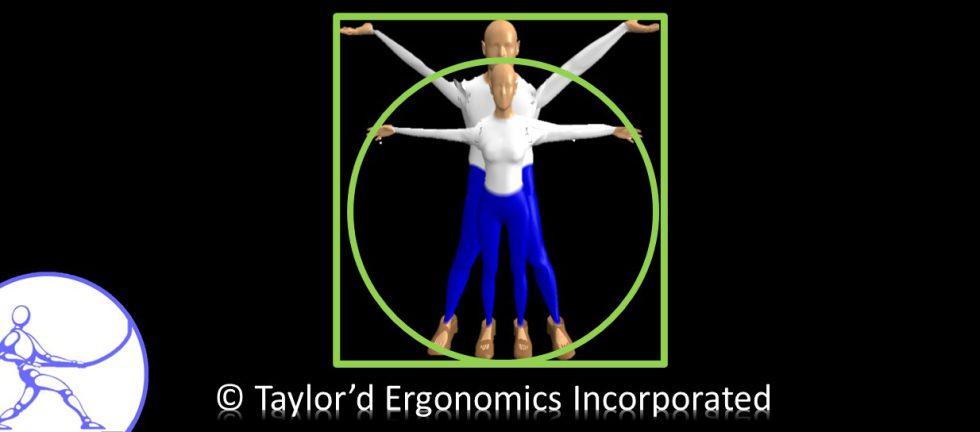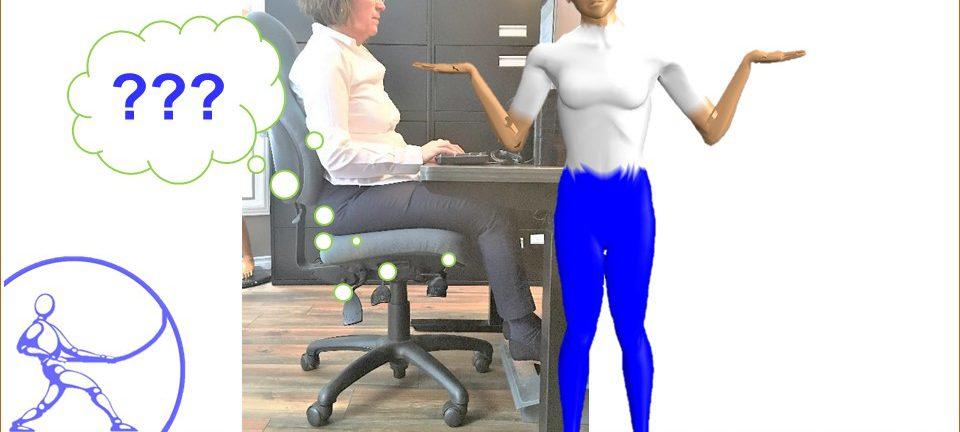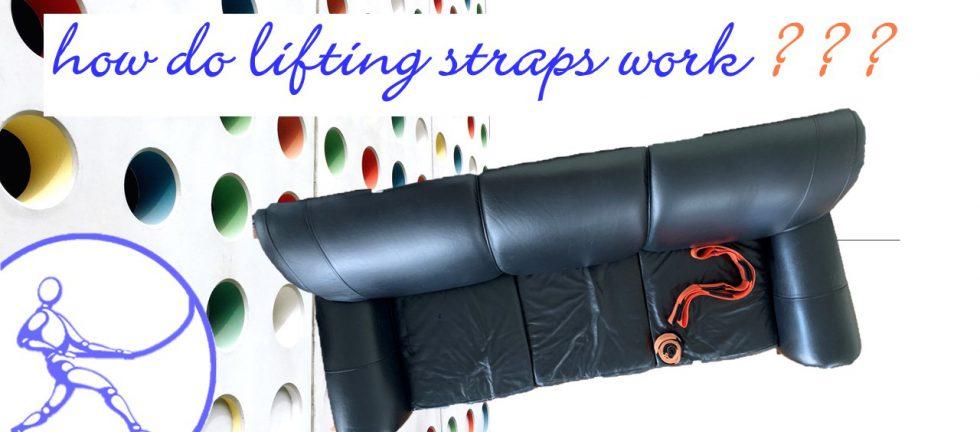12 questions to help you identify ergo program goals for next year
It’s planning time, so we’ve put together a dozen questions that will help you to focus your ergonomics initiatives in the coming year. We audit ergonomics programs, so if you’d like more help setting some ergo goals, give us a call. Of all the injuries that happen in your facility, what percentage were strains and […]







